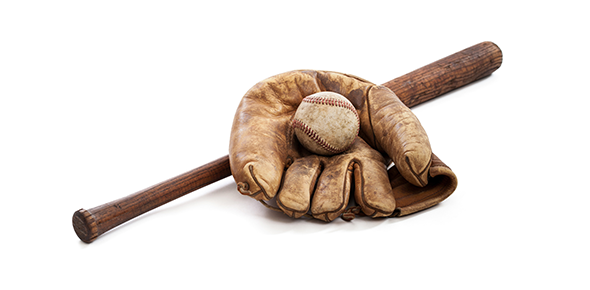A line drive hits the pitcher's glove, then is caught by the shortstop...
A batter is hit by a pitch?
A pitched ball bounces in the dirt in front of home plate, then passes...
A base runner is out if hit by a fair batted ball after it touches a...
All portions of all three bases and home plate are completely within...
A base runner is out if hit by a fair batted ball before a fielder has...
A batted ground ball that lands fair but rolls foul after it...
A batter hits a double, but the umpire notices that he misses first...
A fielder has made a catch and drops the ball in the act of making a...
There is a runner on third base. The batter hits a fly ball that...
A runner may tag up and advance after a foul fly ball is caught
Batter swings at third strike but is hit by the pitch. The...
A fly ball that passes over third base then lands in foul territory...
Runner at first base the base umpire should be?
Runner at Second base the base umpire should be
The count is 1 ball and 1 strike. A bunted ball lands outside of...
It is legal for a runner to run into a fielder fielding a ground ball...
In Senior Rookie, Minor and Major, when the pitcher is in contact with...
The batter will be awared a triple and all baserunner will score if a...
Two base runner end up on second base. There are no other base...
The base umpire should be standing where when there are no runners on...
The batter hit s line drive into the right center field gap. The...
Infield Fly is called?
A base runner is automatically out if he leaves the base too soon.
A batted ball accidentally hits a baserunner in front of the shortstop
R1 and R3. 0 out. Batter his a pop up which the short stop is ready to...
A pitched ball hits the sleeve of the batter, but does not hit the...
A young umpire has been receiving intense, loud criticism mixed with...
A base runner on second base leaves to soon and the batter hits a...
According to the infield fly rule, the batter is automatically out if...
A line drive hits a base umpire but is caught by the first baseman...
A batted ball goes sharply and directly back into the catcher's chest...
No player may protest an umpire's judgment call such as a safe/out or...
A catcher is waiting on the base line with the ball to tag a...
A pitched ball hits the ground and then hits the batter, who does not...
Runner on 2nd attempts to steal third. The batter swings and nicks the...
A batted ball hits behind home plate and bounces up in the air,...
Base are loaded. Batter hits a pop up which is called an Infield Fly...
R1 is stealing second on a foul tip. The umpire must call "Time"...
A thrown ball hits an umpire
Runner are on first and third base the base umpire should be
The batter hits a deep fly fall to the left field corner. The...
Batter hits a fly ball down the right field line. When the...
With a runner at second, the batter hits a ground ball to the...
A fielder catches a ball in flight on the dead run. He continues...
An umpire should volcalize all foul tips and foul balls to avoid...
R1 is stealing on the pitch. The batter hits a ground ball to...
















